Broad searches are fine as long as they work in a way that the researcher expects. […]
I wrote about these checks from my Grandpa Neill in Genealogy Tip of the Day but […]
I’ve been using a death register from Adams County, Illinois, in the 1870 and 1880 time […]
I’ve known about Theodore Trautvetter’s disappearance from Warsaw, Illinois, in the early 1890s. I also know […]
We are offering another session of our 5 part series on US land records that runs […]
One of the reasons for having my father-in-law do a DNA test at AncestryDNA was to […]
Downloading images from websites for personal research use is always advised. Then the researcher has the […]
The picture based on my Mom’s memories got me thinking about genealogical research and how we […]
The red rocker in the picture is nearly eighty years of age and is in amazingly […]
AncestryDNA‘s ethnicity estimates now include East Frisia–more affectionately known as Ostfriesland. I’m glad to see they’ve […]
Ancestry.com’s 1920 census index transcription for Nancy J. Rampley of St. Albans’ Township, Hancock County, Illinois, […]
One of my DNA matches, Katherine, is a descendant of my ancestor, Samuel Sargent. Her tree […]
It’s probably not correct. The probability that in the 1880s a man travels across the state […]
It took some doing to find this 1938 aerial photograph of my grandparents’ farm in Hancock […]
I will be offering this five-session class starting 4 January 2021. More details on our announcement […]
It’s often referred to as “correlation and analysis” in genealogical methods courses, but a certain aspect […]
Genealogists often lament errors in census records. I’m not certain census records contain any more errors […]
The search results for Ger* Miller in FamilySearch.org‘s “Illinois, County Naturalization Records, 1800-1998” lists several entries. […]
I usually hate the phrase “Yes, but…” because the “but” is often followed by an excuse. […]
There’s a school of genealogical thought that essentially says “writing about the genealogy research process is […]
I can almost see a barefoot Grandma Neill in the backyard of this picture, headed towards […]
We’ve released the recorded version of our 2020 “Genealogy Brick Walls from A to Z” webinar. […]
The list of burials in the Vicksburg National Cemetery in Vicksburg, Mississippi, testifies to the number […]
I was leafing through Voices of Emancipation and got to wondering if any of my forebears […]
Get ready for research in 2021 with our “Brick Walls from A to Z” webinar on […]
A few months ago, I actually sat down and made time to actually read one of […]
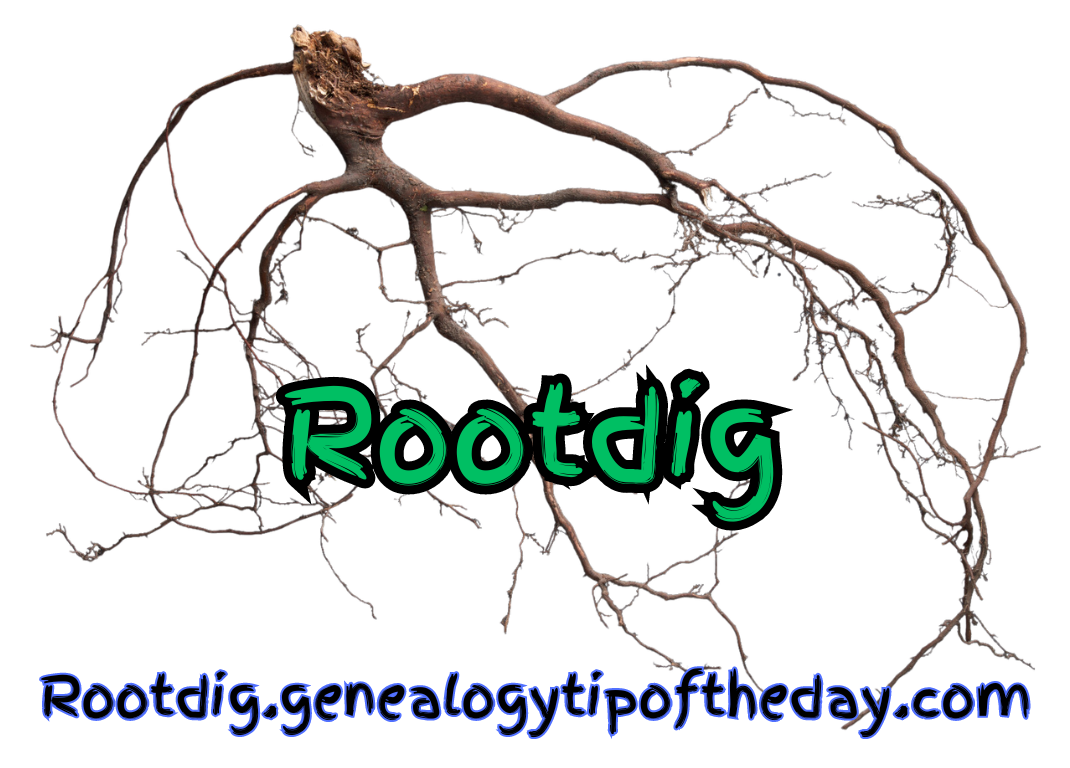
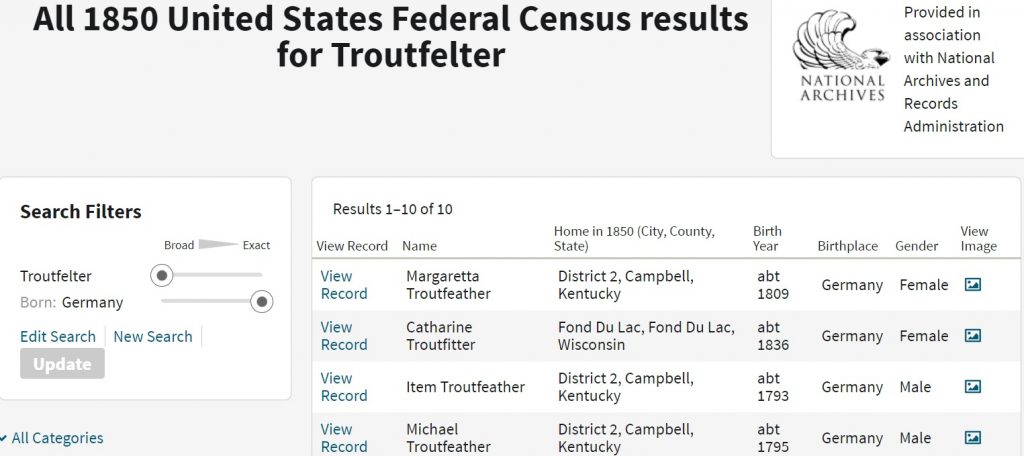
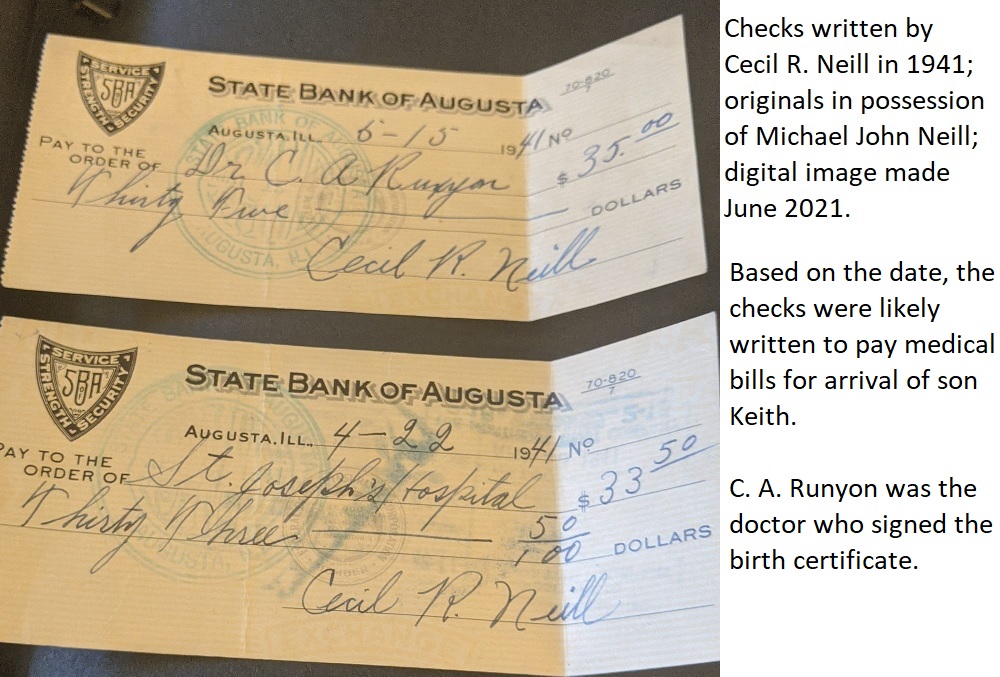


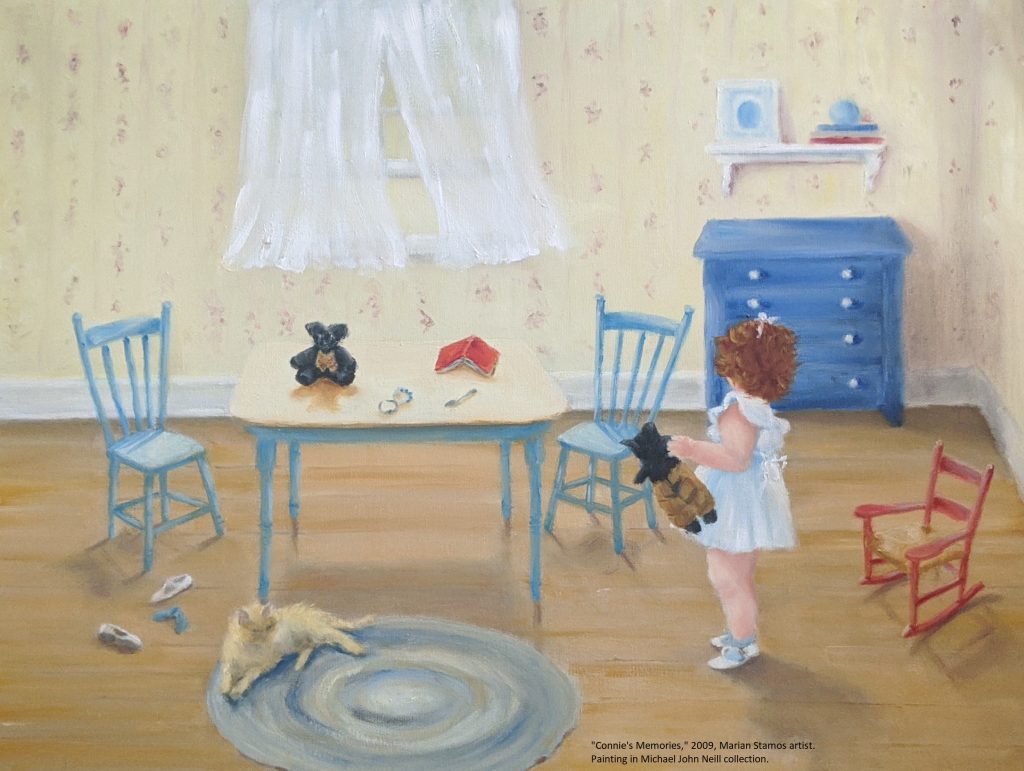
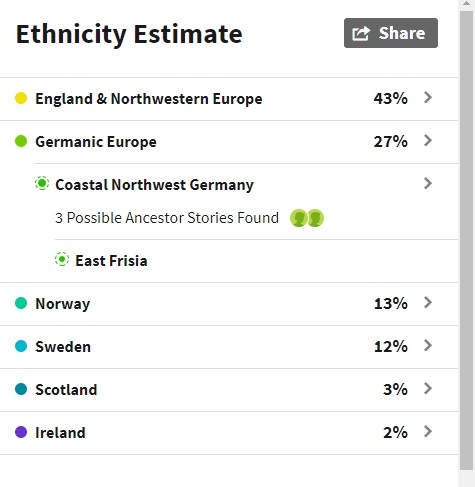
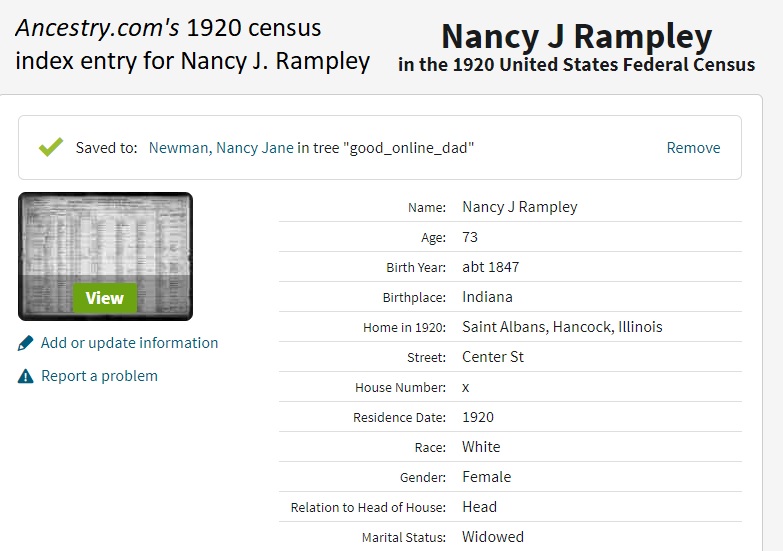

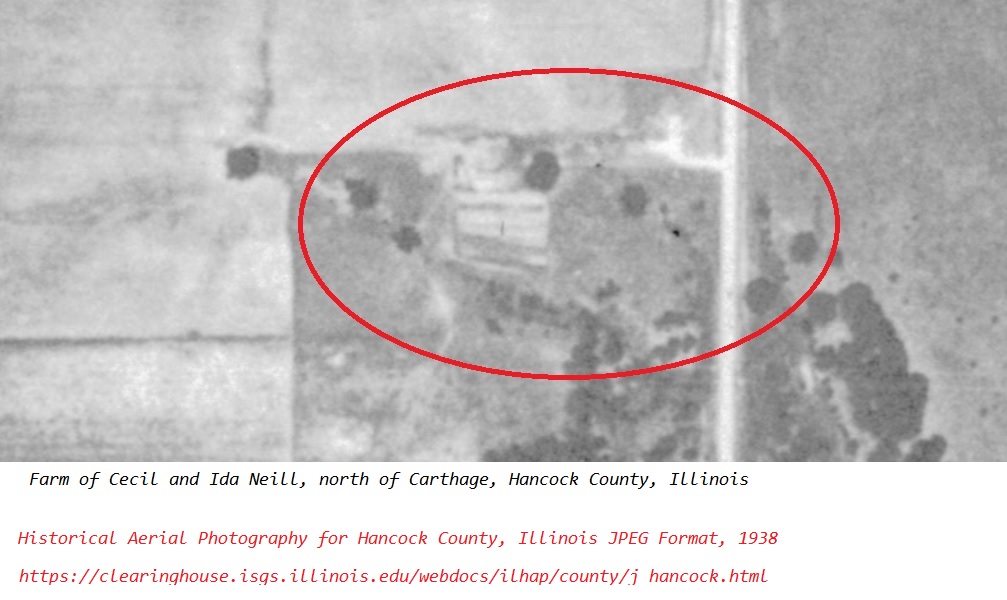
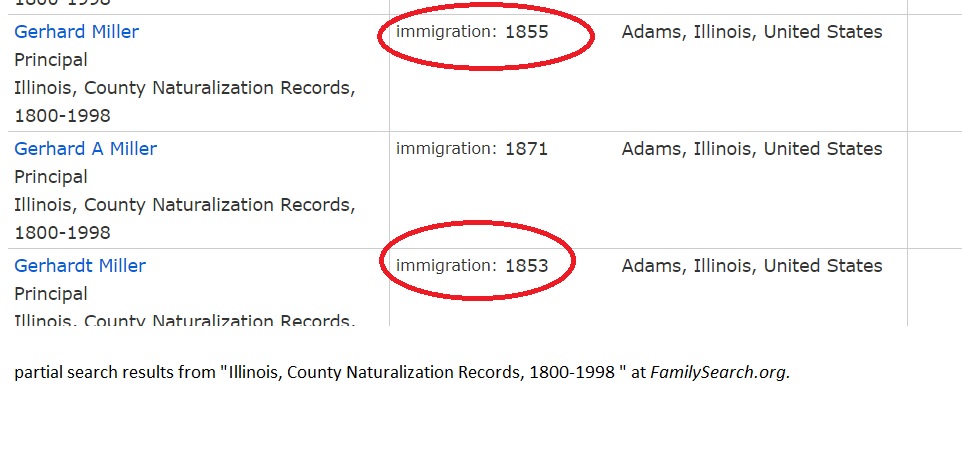
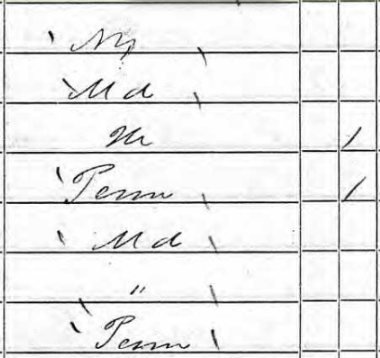
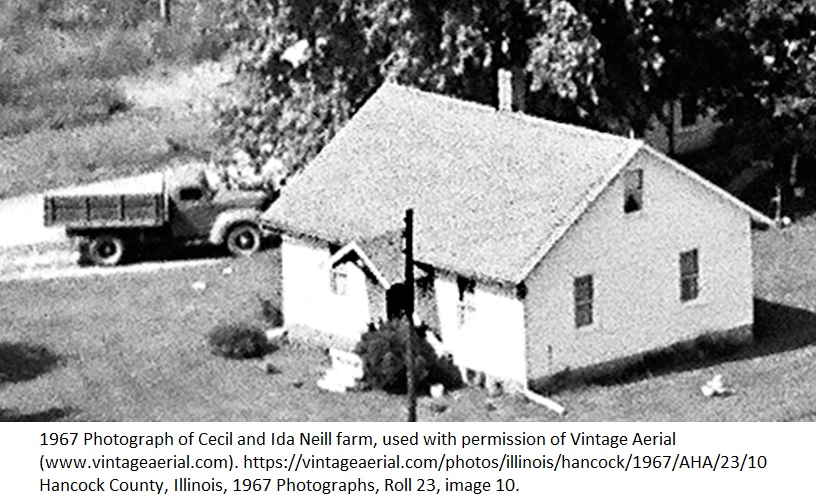
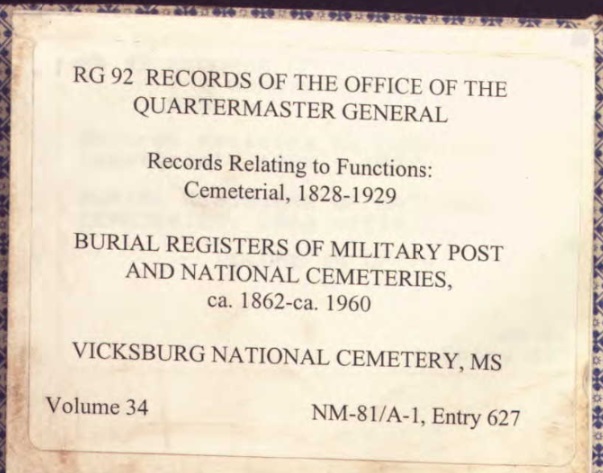
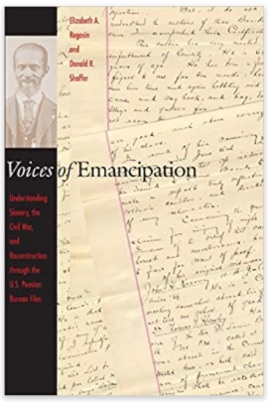


Recent Comments